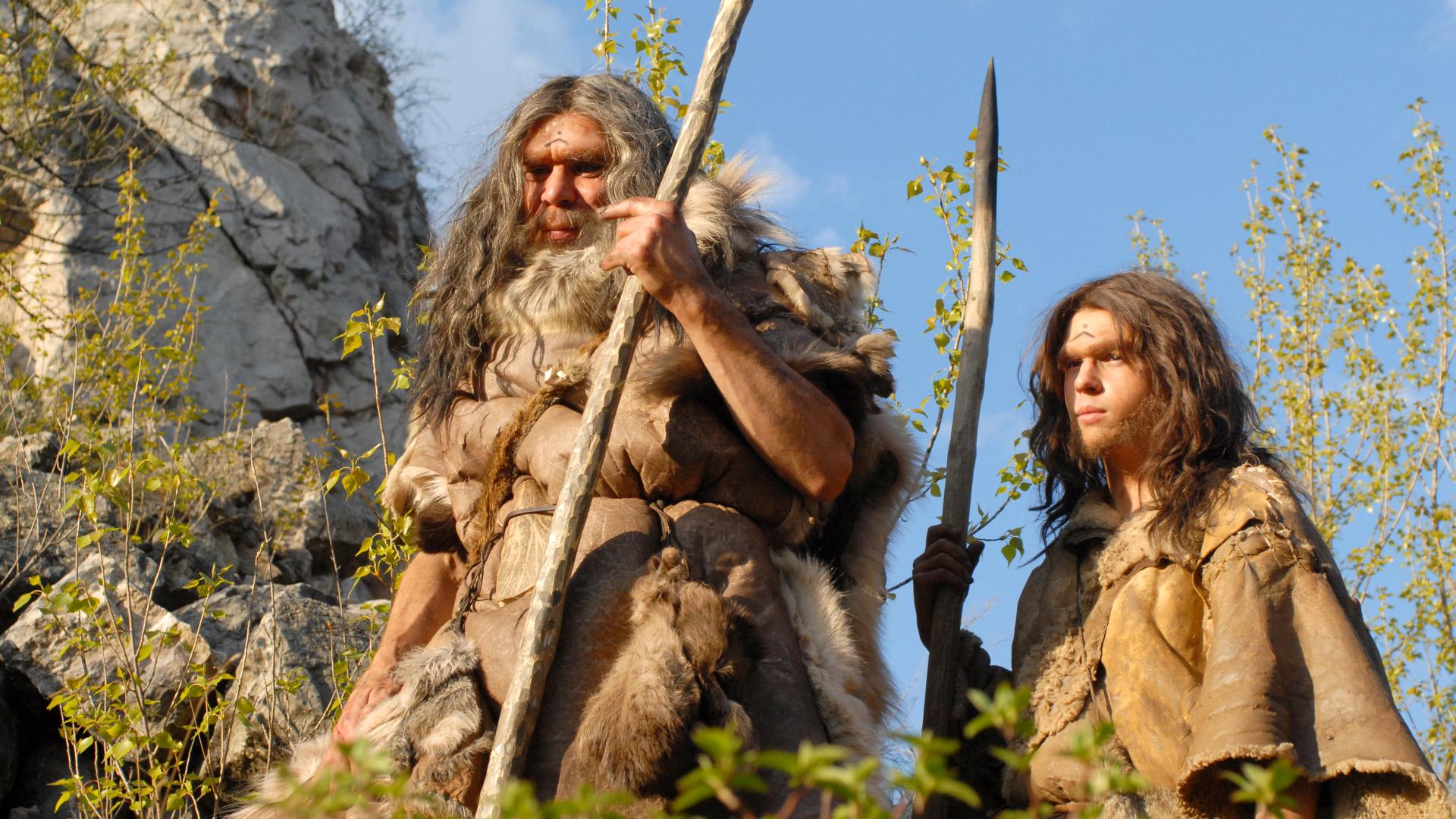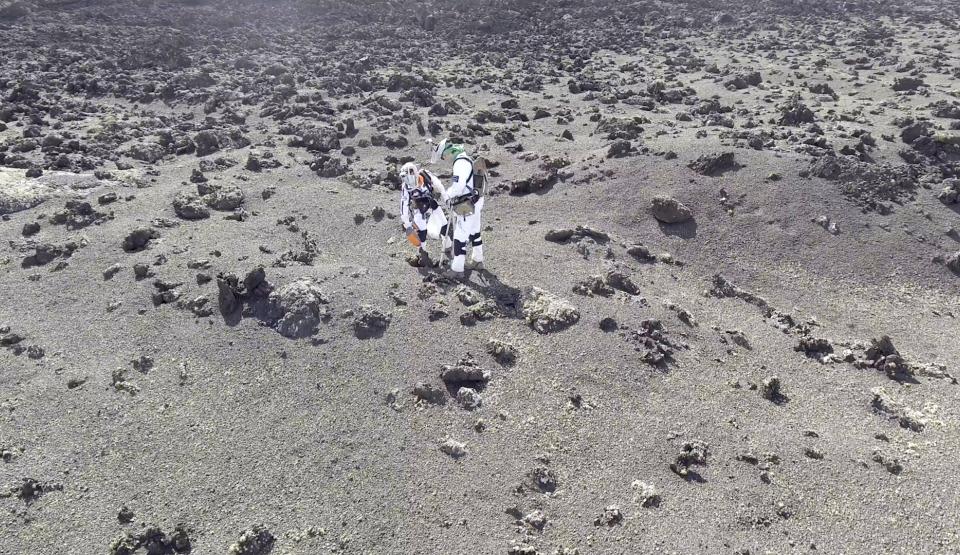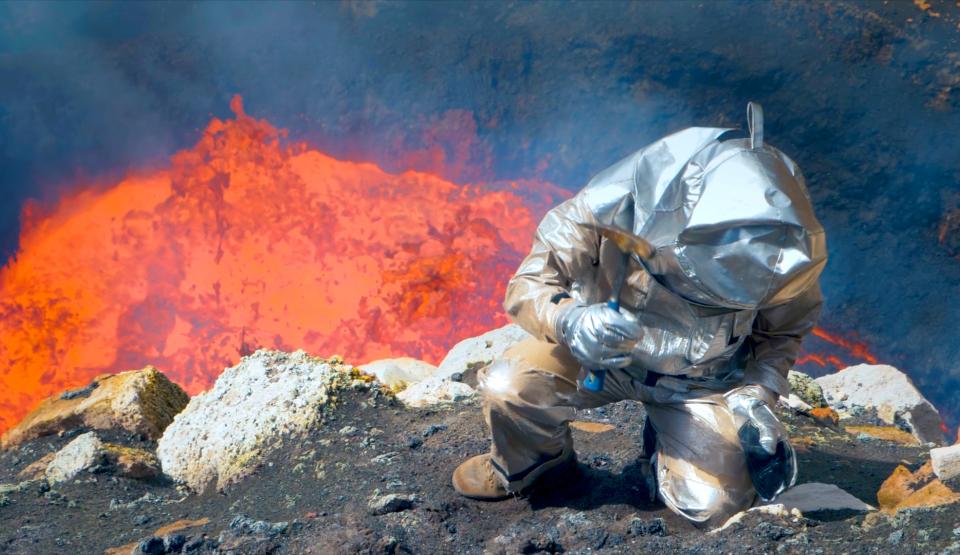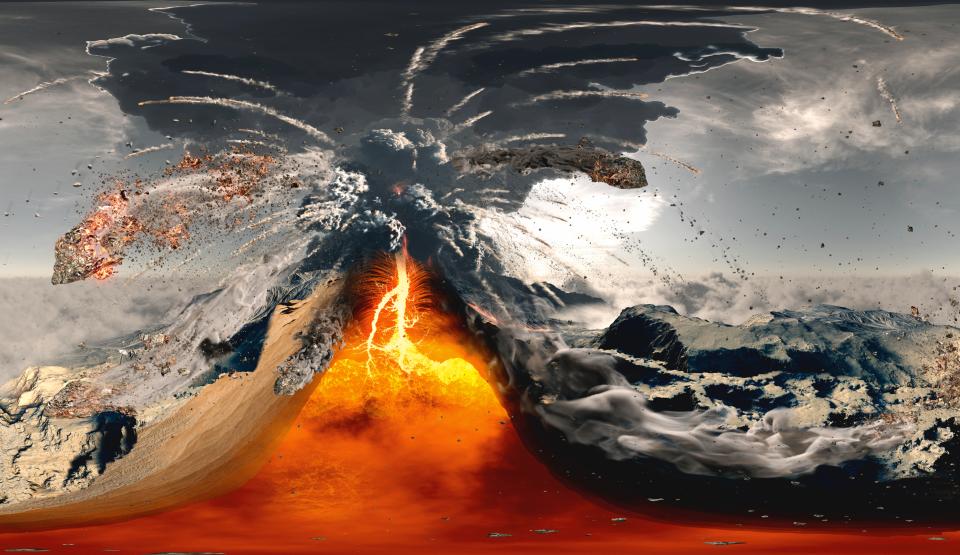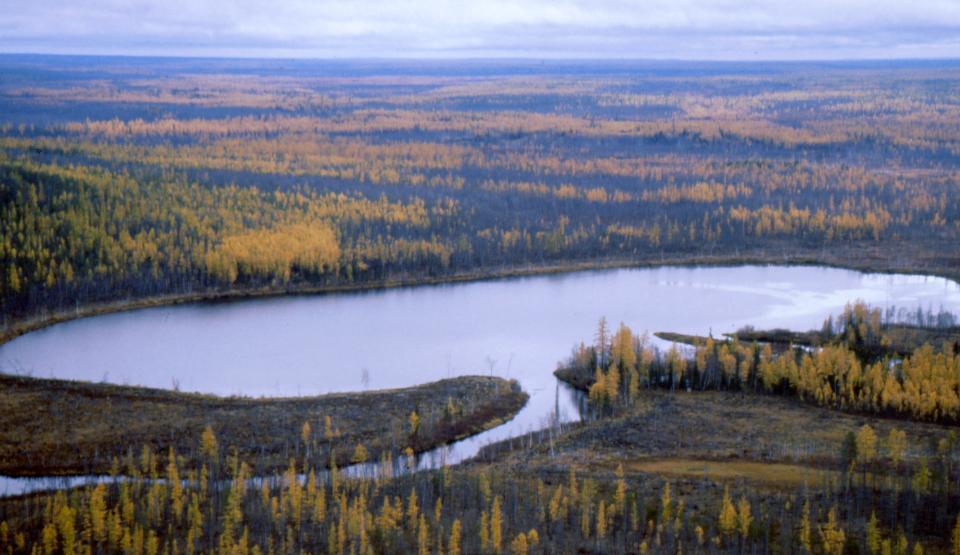We all know the word "Neanderthal" as an unflattering qualifier for some of our more uncultured and dim-witted fellow humans. But was the real Neanderthal man truly such an intellectual dunce and social oaf? New scientific findings reveal quite the opposite ...
In 1856, fossil remains of a type of early man were found in a pleasant little valley near Düsseldorf, the Neander Thal ("Tal" or "Thal" = valley in German). The bones were studied, and various theories proposed, but the site was not further explored. Ralf W. Schmitz, one of today's leading paleoanthropologists was convinced that more important clues could be found. And he was right ...
This one-hour documentary presents the latest scientific findings on the Neanderthal Man in an entertaining fashion. More fragments of bone are unearthed along with stone tools, blades and other items. Particularly interesting is evidence of other Neanderthalers, including a woman whose DNA proves that she came from present-day Croatia. The new finds and the original fossils are subjected to a state-of-the-art technological analysis. Cellular nucleus DNA is extracted to find out whether we are actually related to the Neanderthal Man. By using stereo lithographic models and rapid prototyping, the skull is reconstructed; for the first time in history, it is physically duplicated with all its features, and an artist's rendering brings us face to face with him.
Evidence from bone chemistry is used to identify the composition of Neanderthal diets, and one fingerprint found on pieces of birch pitch from another excavation site are compared by criminologists to the fingerprints of modern humans and primates. Finally, a group of Italian scientists dives to the bottom of an ice-age lake to collect samples of sediment that show us what the world of the Neanderthal Man looked like over 40,000 years ago.
This world unfolds before us in striking dramatizations that take us back to the ice ages and our subject's life in the tundra, amidst reindeer, wild horses and mammoths ... The Neanderthal man himself shows us how he and his companions hunted. The tiny stone tools found at the site prove that the ancient hunter-gatherers were skilled craftsmen. And the production of glue to make tools puts Neanderthals on an intellectual par with early modern humans.
Produced by ZDF for ZDF Enterprises, "The Neanderthal Man" was executive-produced by distinguished documentary filmmaker Ruth Omphalius (collaborator on The Future is Wild). Responsible for the computer animation is the Emmy Award-winning firm 422 South.
